Written by: TinTinLand
After Sweeping the Globe, NFT Restarts Again
Four years later, the NFT market has undergone some completely new changes, and has long since evolved from a carnival-style speculative feast to a brand new survival game. Stronger rationality and practicality have gradually taken the upper hand. The focus of the NFT market has also shifted from simple speculation and collection to practical applications and functional attributes, bringing more opportunities for落地 applications. New scenarios such as virtual real estate, fashion, and digital identities have begun to emerge. Specialized subdivision of real estate, tickets, certificates, and other real-world asset digital confirmation are gradually being applied. In this process, users' trading mentality in the NFT market has also gradually changed from short-term wealth to the actual benefits, community value, and sustainable growth of NFTs, bringing positive signals to the NFT field.
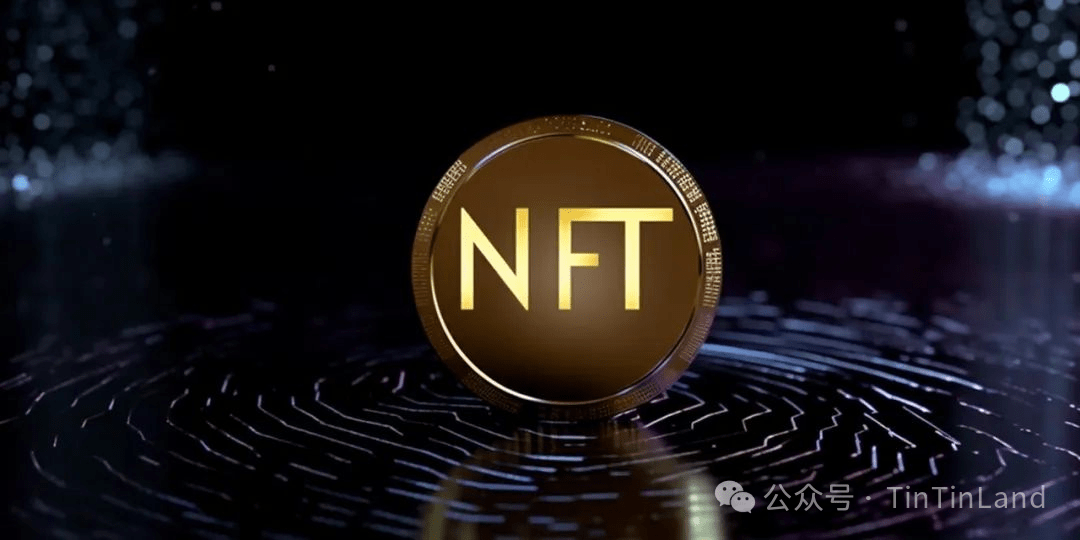
According to relevant data reports, the global NFT transaction volume reached 24 billion US dollars in 2024, and is expected to exceed 30 billion US dollars in 2025; the number of global NFT holders increased from more than 30 million in 2023 to nearly 50 million in 2025, and the transaction volume of top projects such as CryptoPunks and Bored Ape accounts for about 35% of the total market, of which NFT game item transactions account for about 23% of the market.

Looking at the 'Past and Present' of the NFT Market
The NFT market rebounded and exploded in 2025, let's take another look at how it 'made its fortune'. NFT (Non-Fungible Token) is a unique digital asset based on blockchain technology, representing proof of ownership or authenticity, and is widely used in digital art, games, collectibles and other fields. From 2017 to 2025, the NFT market has experienced many twists and turns, and also faces real challenges from the environment, regulation and other aspects. Let's look back at the development process of the NFT market:
Emergence Phase: Birth of NFT-like Assets
In the early NFT market, many NFT-like assets were launched based on the Bitcoin blockchain platform. In 2017, CryptoKitties was launched, which is a digital pet game on Ethereum where players can buy, breed, and sell unique virtual cats. Its emergence marked the first large-scale application of NFT, sparking attention to blockchain games; Decentraland, a virtual reality platform based on blockchain, was also born, where users can buy, develop, and sell virtual real estate, demonstrating the application potential of NFT.
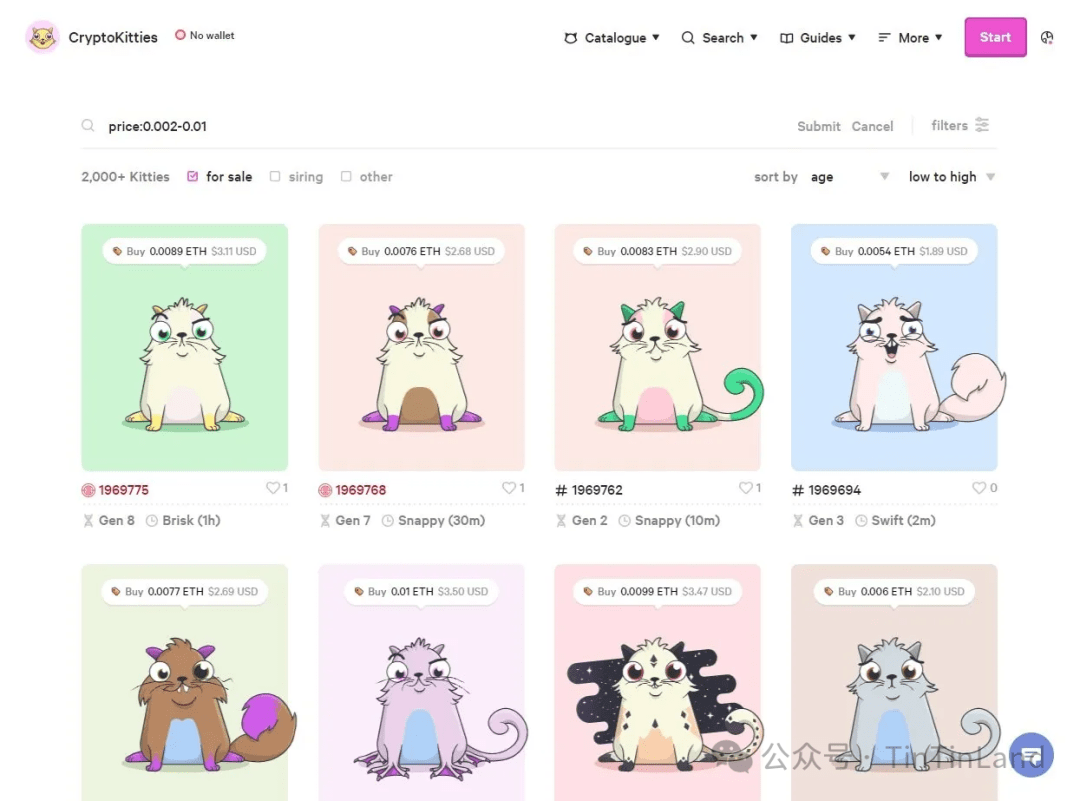
Growth Phase: The Birth of the ERC-721 Standard
Then, in 2018, the CryptoKitties team proposed the core technical standard of NFT - the ERC-721 standard, which defines the creation and transaction rules of non-fungible tokens. Solana, Polygon, Tezos, etc., have gradually become alternative platforms for NFTs due to their low cost and high efficiency of operation.
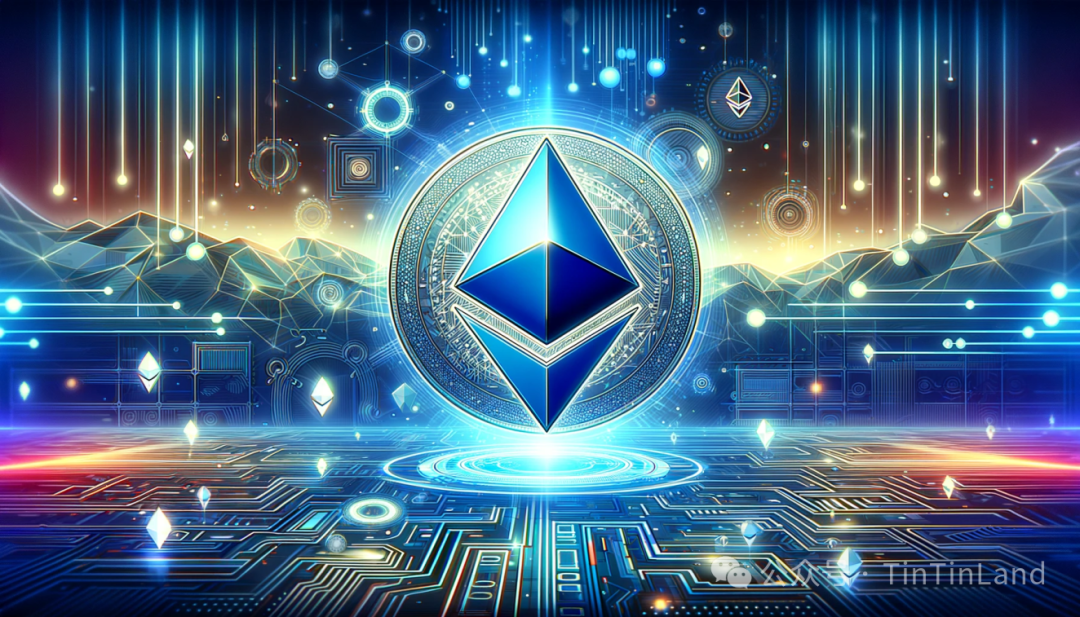
Explosive Period: Frenzy Before the NFT Bubble
2020-2021 was undoubtedly the explosive period of the NFT market, and also the 'last carnival' before the bubble burst. During this stage, Dapper Labs launched the digital collectibles platform - NBA Top Shot, where users could buy, sell, and trade NBA highlights; Bored Ape Yacht Club developed a series of unique ape-image NFT series, allowing more holders to own symbols of the NFT community culture. The rise of the metaverse concept further expanded the real-world application scenarios of NFTs.
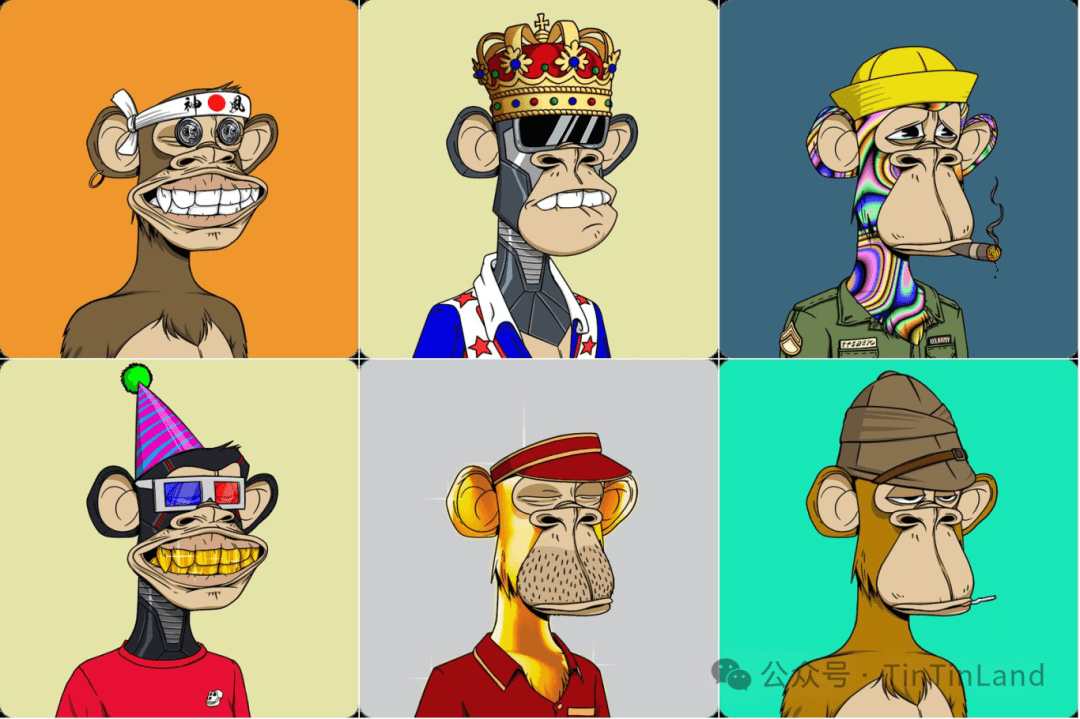
After the explosive period, the NFT market entered a cooling-off period of adjusting to the dynamics of the regulatory market. It was also during this stage that Ethereum merged to Proof of Stake (PoS), and Layer2 and new public chains gradually rose, providing the technological foundation and objective conditions for the transformation and upgrade of the NFT market today.
Undercurrent Surges, the Status Quo of Major NFT Trading Markets
In March 2025, Sotheby's in London auctioned AI artist Claire Silver's (Mechanical Muse) through the SuperRare platform, with a final transaction price of 82 ETH (approximately $240,000), setting a new record for AI-generated NFTs.

With the emergence of this incident, people have once again refocused their attention on the long-dormant NFT market. They have also discovered that in the days when NFTs are no longer repeatedly mentioned, they are gradually moving towards AI-driven dynamic NFTs, programmable NFTs, and rich application scenarios brought about by increased liquidity and composability, bringing a refreshing experience. When we discuss the rekindling of the NFT market again, we still have to circumvent the evolution and upgrade of mainstream NFT trading market platforms, which have helped fuel this resurgence of NFT popularity.
OpenSea: Reconstructing the Infrastructure of Digital Assets
When talking about NFTs, one cannot avoid the OpenSea platform. It was founded in New York in 2017 by Devin Finzer and Alex Atallah, and was positioned as 'the eBay of the NFT field' after being inspired by the CryptoKitties craze. As an early platform to actively connect with early NFT projects, OpenSea actively lowered the minting threshold, supported creators to list without Gas fees, and focused on optimizing the user experience by pioneering off-chain bidding, Polygon low Gas solutions, and multi-currency payments to solve Ethereum congestion pain points.
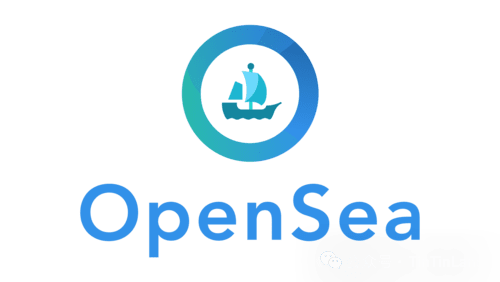
After the trading difficulties and user share shrinkage in 2024, after the launch of the OpenSea platform OS2 in May 2025, the number of monthly active users returned to 467,000, completing the platform transformation and technical upgrade. Its pioneering OS2 multi-chain ecosystem supports the operation of 19 public chains, can realize mixed trading of NFT and FT (fungible tokens), integrates ZK-Rollup technology, the transaction confirmation speed is compressed to 0.3 seconds, and the Gas cost is reduced to 0.1% of the Ethereum mainnet. It can be seen that OpenSea also fully recognizes that when the NFT speculative boom subsides, the real value anchor still lies in whether it can reconstruct the infrastructure logic of digital assets.
Rarible: Seizing New Heights in Multi-Chain NFT Experience
Rarible was founded in 2020 by Alexander Salnikov, positioned as a decentralized NFT trading platform, supporting users to mint and trade digital collectibles. In July 2020, it launched the governance token RARI, pioneering the 'market liquidity mining' model, driving a surge in trading volume, and even achieving a single-week trading volume of 2010 ETH (approximately $680,000) in September of the same year, surpassing OpenSea by more than 10 times.

Facing the cold winter of the NFT trading market in 2024, Rarible gradually turned to practical scenarios, focusing on developing membership, brand loyalty programs, etc., supporting multi-chain transactions such as Ethereum, Polygon, and Solana, reducing Gas costs and improving cross-chain compatibility. In April this year, Rarible launched an aggregated market, integrating orders from platforms such as OpenSea and LooksRare, supporting 'one-click multi-platform purchase'.
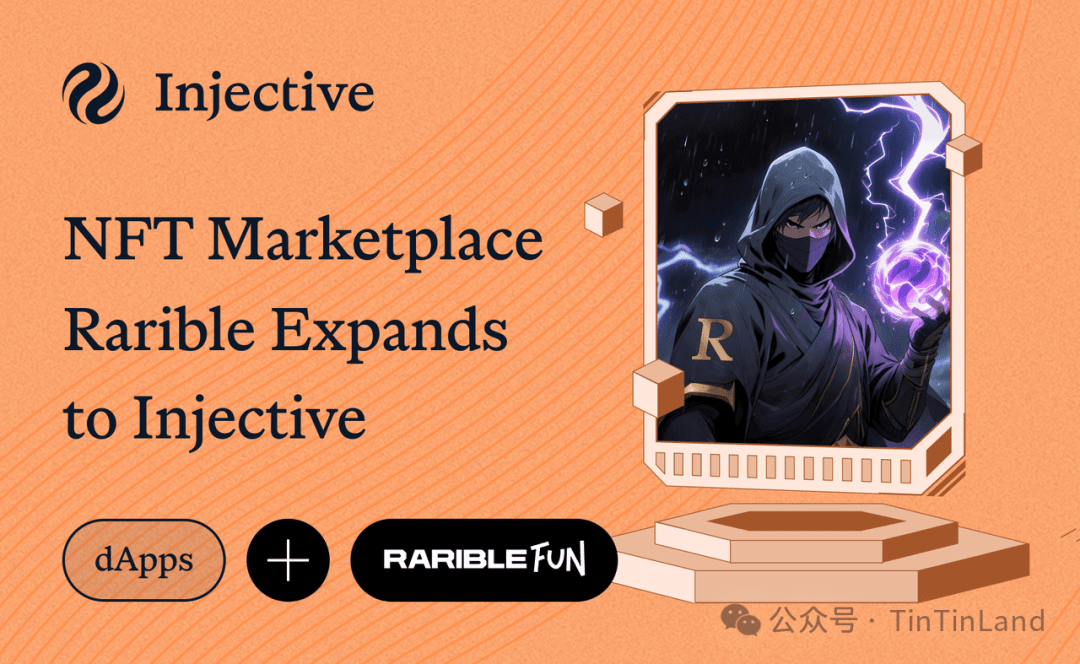
It is worth mentioning that Rarible further integrates NFT infrastructure with Web3's advanced financial system, innovatively upgrading RaribleFUN to provide customized multi-chain NFT experiences, allowing creators, traders, and builders to natively access NFTs. At the end of July this year, RaribleFUN announced its launch on Injective, significantly expanding Injective's NFT ecosystem and making it surpass existing products, bringing more practical value to Injective; at the same time, it also expanded Rarible's NFT financial service space by virtue of Injective's fairer, low-fee, and fast advantages, helping Injective move towards the broad vision of Web3 financial integrated infrastructure layer.
SuperRare: Moving Towards Mixed Digital NFT Experiences
The aforementioned feat of SuperRare creating a new record for AI-generated NFTs in March this year was actually established as early as 2018. It was also one of the first digital art platforms to apply the ERC-721 standard, mainly screening artists through a 'curator system'. In August 2021, SuperRare issued the governance token RARE (total of 1 billion), promoting the platform's transformation to DAO governance, with curatorial governance and space operation capabilities.
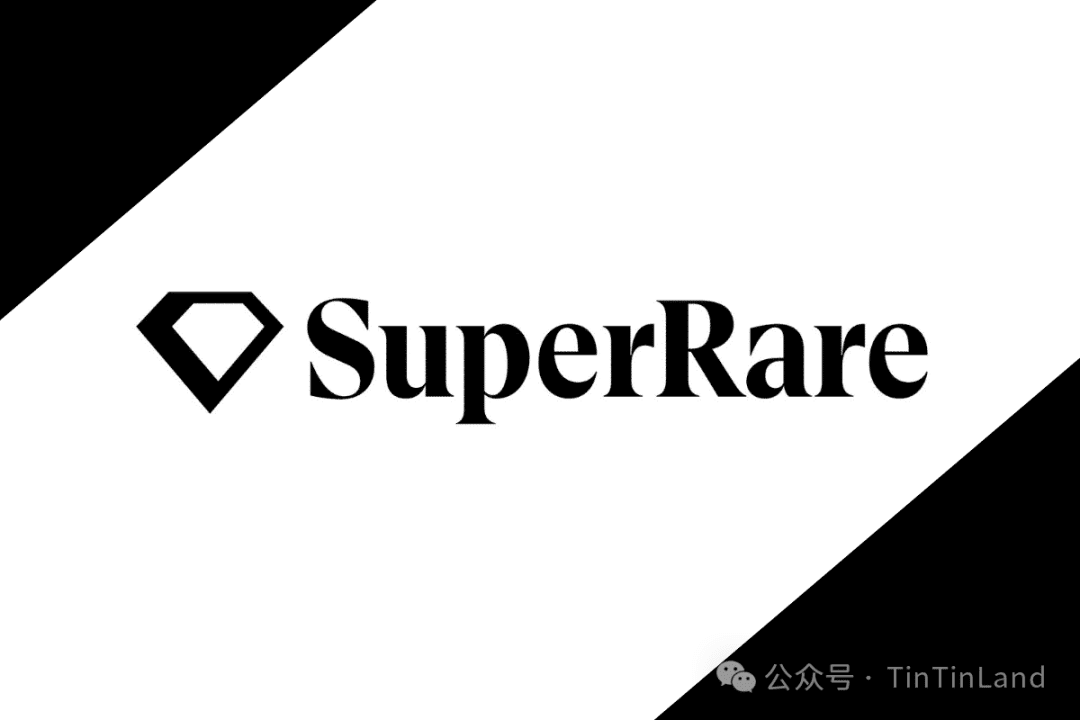
In 2025, SuperRare promoted core upgrades to its technology infrastructure, integrating Coinbase's Base chain to achieve Layer2 scaling; it applied the Chainlink CCIP protocol to achieve Ethereum mainnet and Layer2 asset interaction... and attempted to create a mixed digital NFT experience in AR gallery construction, exploring the technological path for sustainable development of art finance, writing a new chapter in the digital Renaissance, and transcending the historical cycle of NFT market pessimism.
Conclusion: Technology is King, NFT Trading May Still Have a Blue Ocean Market
When Gucci opens a virtual flagship store in Decentraland, when the public's property ownership certificates are stored on-chain in the form of NFTs... digital ownership is reconstructing and defining the underlying logic of market value exchange, which also indicates the upgrading and iteration of the NFT market. Although the NFT trading market shows a rekindling trend compared to 2023-2024, it still hasn't reached the peak around 2021. Accompanying the recovery of the NFT market are the risks of value dilution brought by increased transaction liquidity, the ethical dilemmas caused by AI-generated works, and the constant vigilance in the face of a highly regulatory environment.
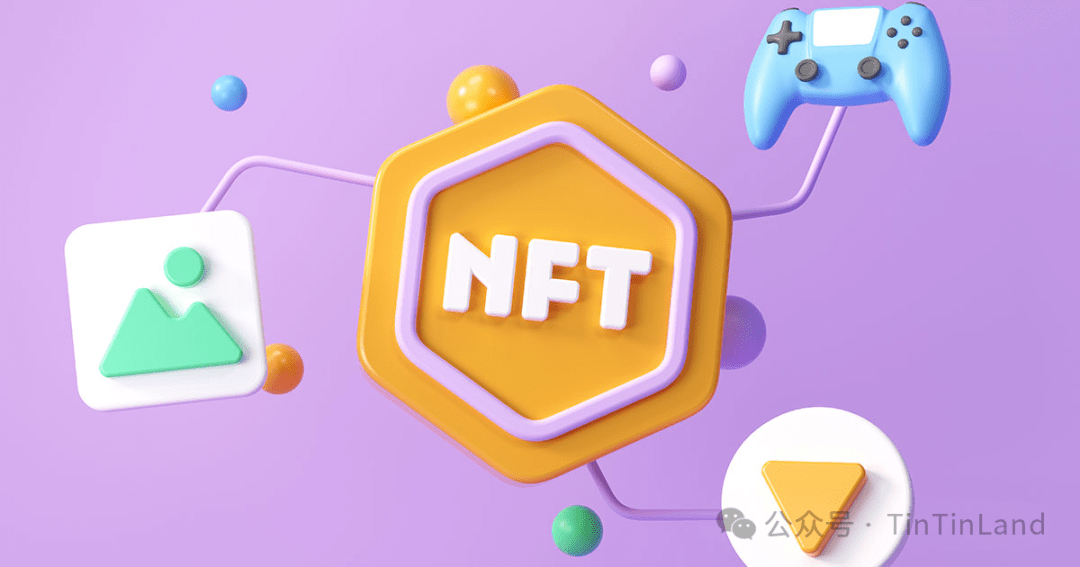
For all NFT creators and enthusiasts, the exploration of the blue ocean market for NFT trading in the future may still rely on the reconstruction and deep cultivation of the technical order. Whether it is the deep application of ZK technology or the strong penetration of programmable and AI concepts, the awareness of capturing the hot spots and trends of technology frontiers may be difficult to go wrong. It can be seen that after the tide of speculators recedes, there is no longer a survival space for those who take chances in the NFT market. Only the brave who continue to create real value can have the last laugh.
